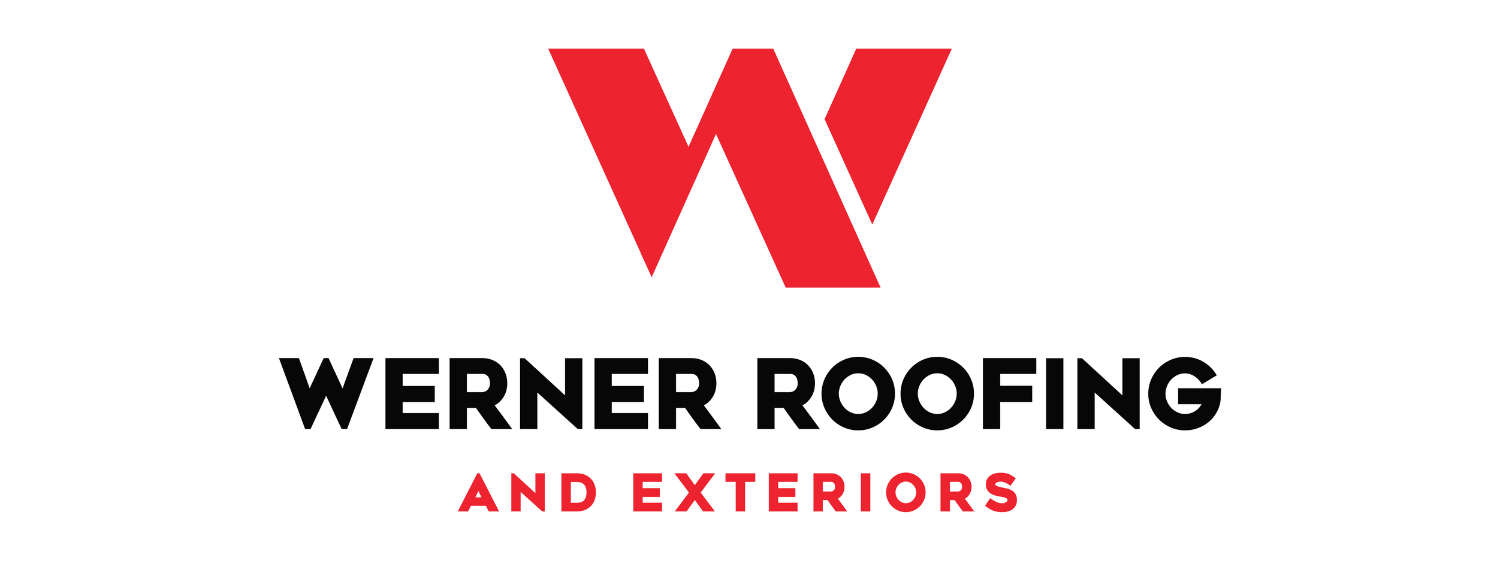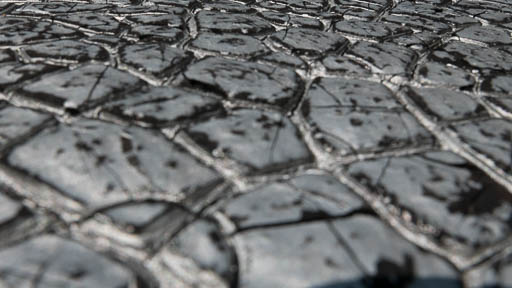Commercial roofs require much different repair and maintenance routines than residential roofs. For starters, most commercial roofs are flat. This means they react much differently to sun and precipitation and often require more frequent maintenance to ensure they function as they should. One common problem with many flat commercial roofs is roof alligatoring.
What is Roof Alligatoring?
Roof alligatoring is a phenomenon that occurs as a flat roof ages. In general, it’s caused by the sun. The bright UV rays eventually dry out the membrane or coating that tops your flat roof, causing it to crack. The older your roof gets, and the longer you leave alligatoring to its own devices, the worse it will get. Extreme temperature changes, from sunlight, snow, and even internal heating and cooling will cause new cracks to appear and will make existing cracks worse.
Can You Fix It?
In general, roof alligatoring is a sign that your roof is aging. That said, it is possible to prevent alligatoring, and to repair small patches before they get so bad that you have to replace your flat roof prematurely. Here’s what you need to know to prevent or repair alligatoring, plus a few tips on how to tell that alligatoring has gone too far.
Prevention
It is possible to prevent roof alligatoring by scheduling regular inspections and keeping up on maintenance. Flat roofs require a bit more upkeep than sloped, residential roofs, and it’s important to keep up on that maintenance if you want to extend the life of your roof. Regular inspections will help ensure you’re able to tackle any small alligatoring problems before they become larger, and your roofing professional can apply a UV protectant or reflective roof coating on a consistent schedule to prevent alligatoring and other damage from happening.
Repair
If you’ve noticed small splits and cracks in your roof, it’s best to remove and patch the problem area. Some small hairline cracks can be filled by applying an appropriately rated energy sealing polyurethane, but in general, it’s best to just get rid of those troublesome sections as they appear.
Signs that Roof Alligatoring Has Gone Too Far
At some point, roof alligatoring can become a cause for replacement. If not taken care of quickly, cracks can continue to split down through the roofing material where they will eventually cause water damage. At this point, it’s better to simply replace the roof, rather than do a number of costly and extensive repairs. Here are a few signs that alligatoring has advanced to the point that you should replace your commercial roof:
- Water is seeping into your building. If you’re noticing any kind of water damage due to the cracks in your roof, it’s time for a replacement.
- Alligatoring has spread across the roof. Roof alligatoring usually starts in one spot, and then gradually expands as cracks widen and extend. If you’re noticing that alligator pattern across your entire flat roof, it’s time for a replacement.
- Your roofer recommends a replacement. If your roofer is out for a routine inspection and recommends it might be time to replace your roof, don’t wait. The longer it takes you to get that roof replaced, the harder (and more expensive) the job will be.
Roof alligatoring is a difficult and common problem with flat commercial roofs, but there are ways to prevent it from shortening the life of your roof. If your flat roof is showing signs of alligatoring, Werner Roofing would love to help. We install and repair commercial and residential roofs throughout West Michigan, and would be happy to take a look at your flat roof problems. Give our office a call at 616-844-5382 or contact us online for a free estimate for roof alligatoring repair.


